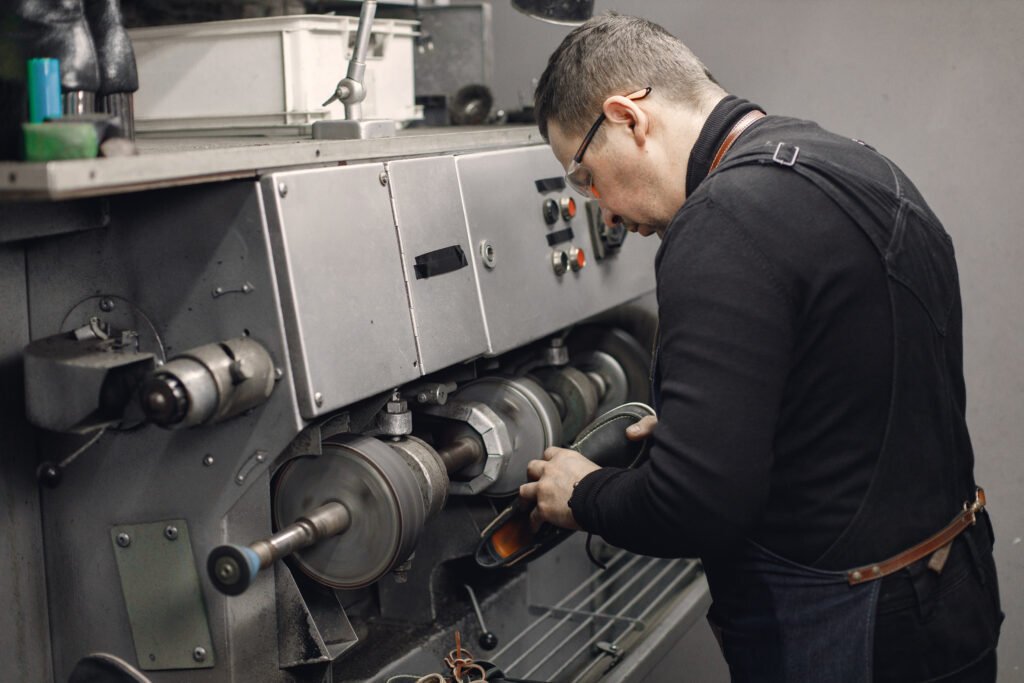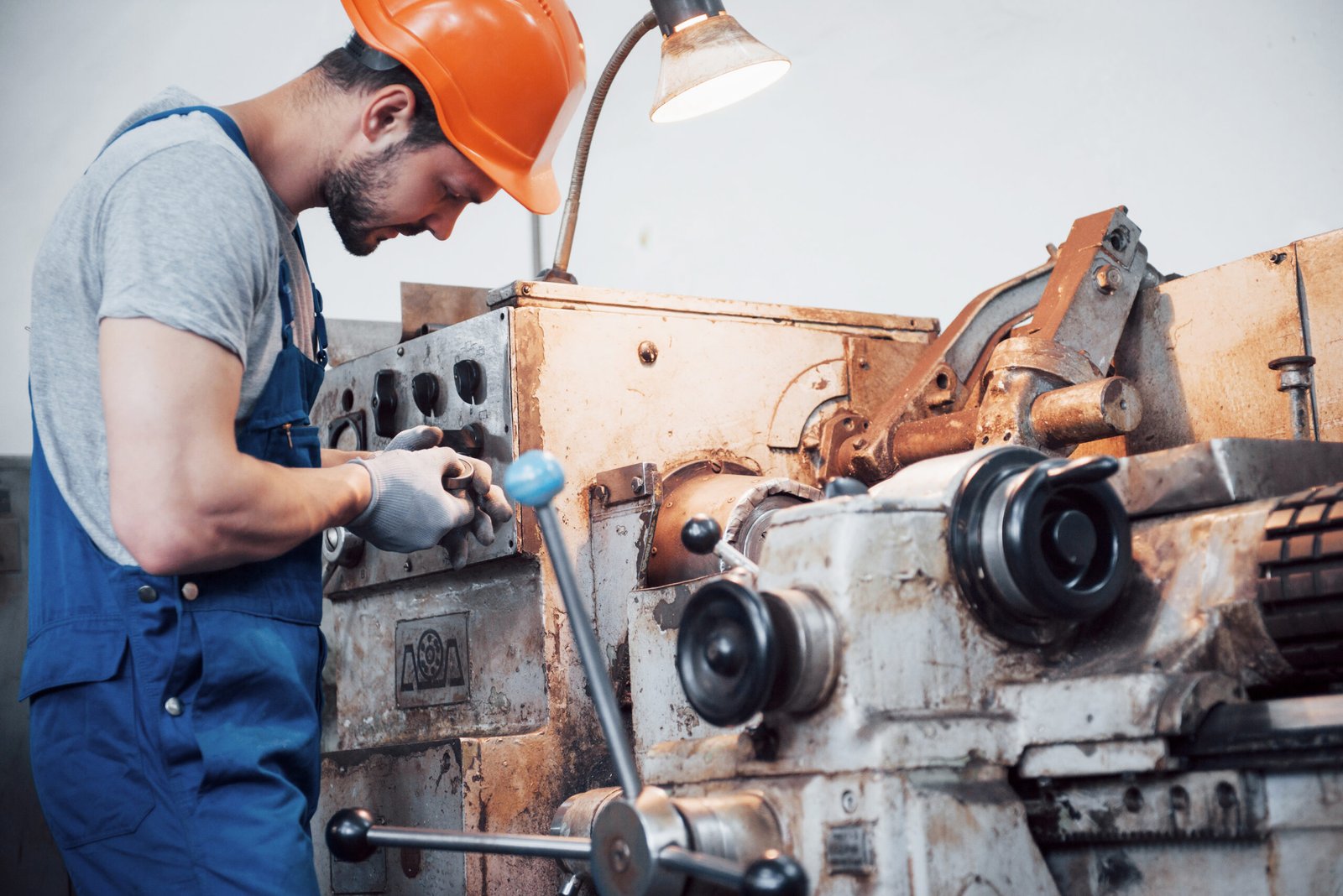It is an important device finding its way to work in almost every industry starting from woodworking down to metalworking. Though these machines sometimes become sources of serious accidents if handled carelessly. We will take a closer look at the anatomy of a typical lathe machine incident and more importantly show you how to prevent such occurrences through rigorous safety measures.
What is a Lathe Machine Incident?
An accident occurred while the lathe was in operation, causing harm, damage or disruption. These accidents could be due to the operators fault, malfunction of the machine or lack of caution while adhering to safety guidelines. Common types of accidents include entanglements with revolving parts, breakage of tools and accidents from the incorrect handling of materials. Operators identifying the root causes of incidents is an essential step in developing effective safety measures to enable them to work in a safe environment.
Anatomy of a Lathe Machine Incident
A lathe machine incident can occur due to various factors often resulting in injury or damage. Here are key components that contribute to such incidents:
- Human Error: Insufficient training or distraction can lead to the misuse of the equipment during work, thus increasing the risk of accidents.
- Machine Malfunctions: Mechanical failures can be caused by the breaking of tools or unexpected stoppages, resulting in dangerous situations.
- Safety Equipment: Appropriately working personal protective equipment (PPE) for eyes, hand and hearing minimize and may prevent most injuries during an incident.
- Workpiece Handling: If workpieces are mishandled or set improperly. They may be ejected at high speed, posing an immediate danger to the operator and surrounding staff.
- Environmental: Environmental factors facilitate accidents easily factors like inadequate lighting, clutter that diverts the operators attention and does not let them carry out their activity properly are not able to focus and move around the environment safely.
- Maintenance Protocols: Regular maintenance is as important as how it goes. Neglect of maintenance schedules can result in equipment wear and superseding failures.
Understanding these components is essential for enhancing safety protocols and preventing lathe machine incidents in the workplace.

Safety Recommendations to Prevent Lathe Machine Incidents
Preventing lathe machine incidents is paramount to ensuring the safety and well being of operators. Here are some actionable safety recommendations:
Proper Training and Certification
- All lathe operators must undergo full training and obtain certification to operate the specific lathe machines they will use.
- Incorporate periodic updating in regard to the training programs, including safety procedures and the latest functionalities of the machines.
Regular Maintenance and Inspections
- Inspect lathe machines regularly for hazards that are potentially disastrous before they become real.
- Use a checklist to make sure all machine elements including the spindle, tailstock and bed are in good working order.
Implement and Enforce Safety Protocols
- Impose strict safety measures by having the workers wear PPE gear, gloves, safety glasses and face shields.
- Enforce these protocols vigorously to get compliance from all operators.
Follow Manufacturer’s Guidelines
- Always follow the manufacturers recommendations for safe operation. Know the maximum speed settings, tool types and material specifications.
- Post visibly these guidelines near every machine.
Adequate Supervision
- Less experienced operators must be supervised properly to ensure they follow safety procedures and use machines correctly.
- Put in place a mentorship program where experienced operators can guide new operators.
Reporting Near Misses and Unsafe Conditions
- Encourage a culture of safety by promoting the reporting of near-misses and unsafe conditions without fear of retribution.
- Use these reports to continually improve safety measures and protocols.
Review and Update Safety Procedures
- Regularly review and update safety procedures in response to any incidents or near misses to ensure they remain effective and relevant.
- Conduct safety drills and simulations to keep operators prepared for potential emergencies.
Conclusion
An accident with a lathe machine can be caused by many factors, all of which prove that injury or damage is sustained. Serious major factors can cause lathe machine accidents but with diligent concern for safety and proactive management, they are preventable. We can significantly reduce the risk of incidents by ensuring appropriate training and regular maintenance, strict adherence to enunciated safety protocols and a culture of safety built up around the machines.
These recommendations are not guidelines but essential practices for machine operators, industrial workers and safety inspectors alike in helping save lives and avoiding crippling. You should always stay alert and never compromise safety.
